Call Us Today!
04 380 55 69

Center Address :
Al Wasl Road, Umm Suqeim 3
Dubai, United Arab Emirates
Telephone : 04 380 55 69
Email : [email protected] 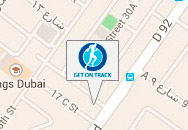
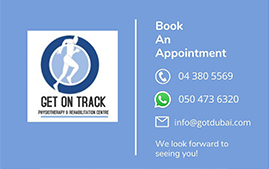
Manual Lymphatic Drainage (MLD)
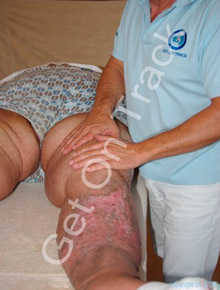
Manual Lymphatic Drainage (MLD)
Is a type of gentle skin manipulation that is intended by proponents to encourage the natural circulation of the lymph through the body. The lymph system depends on intrinsic contractions of the smooth muscle cells in the walls of lymph vessels and the movement of skeletal muscles to propel lymph through the vessels to lymph nodes and then beyond the lymph nodes to the lymph ducts which return lymph to the cardiovascular system. Manual lymph drainage uses a specific amount of pressure and rhythmic circular movements to stimulate lymph flow.
History
Manual Lymphatic Drainage was pioneered by Dr. Emil Vodder in the 1930s for the treatment of chronic sinusitis and other immune disorders. In the 1930s, it was considered taboo to tamper with the lymphatic system due to the medical profession’s poor understanding of this system. In 1936, after four years of research, they introduced this technique in Paris, France.
Manual Lymphatic Drainage (MLD) is the part of lymphedema treatment that patients usually refer to as “massage.” Some therapists prefer to call it “manipulation,” to distinguish it from the more usual sort of massage done to relieve muscle tightness, or simply for relaxation at a spa.
The manipulation involved in MLD uses very light pressure to stimulate the lymph vessels that lie just beneath the skin. Since these vessels are small and thin, firm pressure in any one area can actually shut them down momentarily, so the gentleness of the pressure is essential. Some therapists visualize this process as pushing the lymph fluid in the desired direction, while others see it as directing the flow by pulling the skin slightly ahead of the lymph flow. Either way, MLD is an important technique for moving lymph fluid out of the congested area and back into circulation in the center of the body.
For GOT’s Lymphedema therapist, every patient is a new challenge. The length, condition and location of surgical scars, the amount and position of any fibrotic (hard) areas, the condition of the skin, the number and location of lymph nodes that were removed, and the extent of cancer treatment each individual received is taken into account to determine the most efficient route for directing the lymph fluid. Because of the seriousness of technique, it is important to have this treatment done by certified therapist. Get On Track (Foldi Klinik Hinterzarten Germany) trained therapists can assure you that you will have the most appropriate treatment solutions.
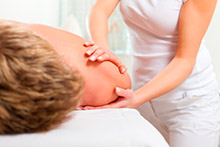
Preparing For Mld Treatment :
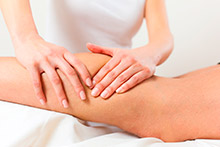
The Mld Treatment :
Lymph fluid cannot move through hardened (fibrotic) areas, whether the fibrosis was caused by surgery, radiation, or the lymphedema itself. If you have areas of fibrosis blocking lymph flow, your therapist will begin with a deeper massage designed to break up the hardness over time. Your part in it all is to relax, breathe deeply – and don’t worry if you fall asleep!
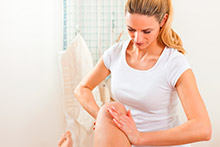
After Mld Treatment :
When you first begin MLD, you may find it hard to believe that the kitten-petting gentle strokes of the massage can have any positive effect at all. But most patients are pleasantly surprised at the quick response of their body to this external means of moving the fluid trapped inside.
When stagnant lymph fluid is successfully moved back into circulation in your body, the result is that more fluid is available to be processed by your kidneys, so you may experience an urgent need to urinate following MLD.
Occasionally, MLD that moves a lot of fluid can result in feelings of nausea or a deep aching.
Besides the therapist’s hands-on MLD, you will learn an MLD routine you can do yourself.
Be sure you understand the hand movements, the direction of massage, and the order of the massage steps before beginning self-treatment. Ask your therapist to observe and correct your own self-massage.